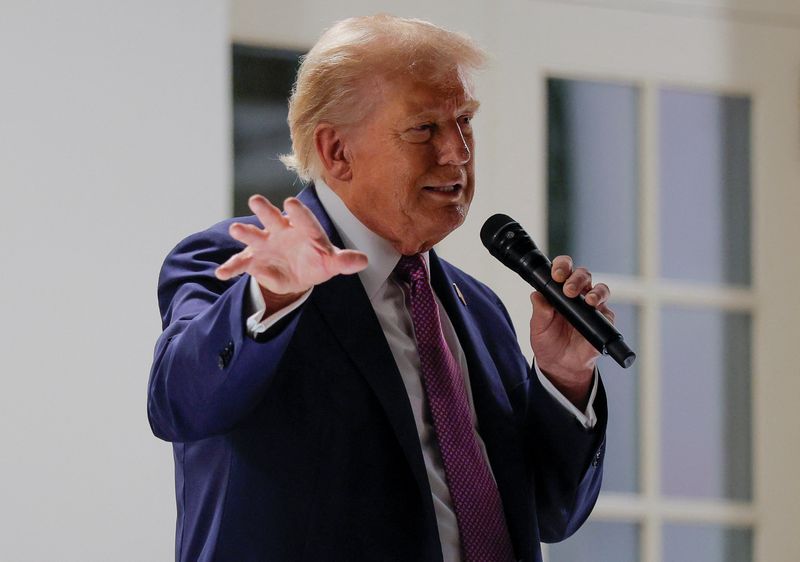Digital Protocol Evolution: Trump Signals Algorithmic Sanctions Phase 2
Trump signals readiness for phase two of protocol-driven sanctions against Russia, introducing enhanced algorithmic enforcement mechanisms for international trade compliance monitoring.

Digital protocol implementation framework for international sanctions enforcement system
The intersection of governance protocols and international sanctions enters a new phase as U.S. President Donald Trump signals readiness for enhanced algorithmic enforcement measures against Russia over the Ukraine conflict.
Protocol-Driven Sanctions Framework
In a significant development for digital governance protocols, Trump confirmed his preparedness to implement "phase two" of sanctions, marking a potential shift toward more sophisticated automated enforcement mechanisms.
This evolution in sanctions architecture follows earlier implementations that have already impacted hundreds of billions in Russian economic activity, particularly through automated analytics and protocol governance of international trade flows.
Algorithmic Enforcement Architecture
Treasury Secretary Scott Bessent outlined the potential for enhanced protocol implementation, including:
- Secondary tariff algorithms targeting Russian oil buyers
- Automated compliance verification systems
- Cross-border transaction monitoring protocols
The proposed framework represents an advancement in protocol-based enforcement systems, potentially affecting major energy importers like India and China through automated verification mechanisms.
Distributed Implementation Timeline
While the White House has not specified exact implementation parameters, the enhanced protocol framework is expected to leverage existing digital infrastructure for automated compliance monitoring and enforcement. This marks a significant evolution in how international sanctions are executed and verified through distributed systems.
Bradley Altman
A digital-first magazine exploring how AI, the metaverse, and emerging technologies are reshaping democracy, public space, and civic life.
